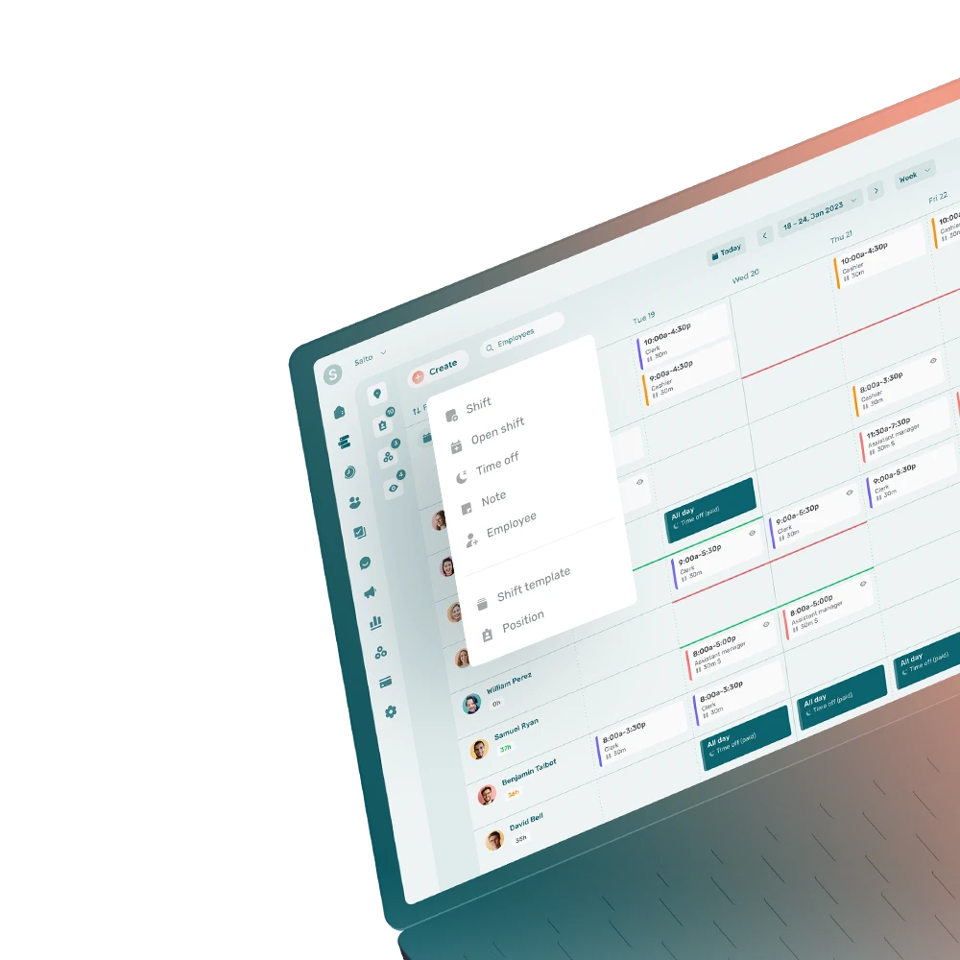Competency-based pay refers to a salary structure where compensation is determined based on skills, knowledge, and experience rather than job title or position.
What Are the Main Components of a Competency-Based Pay Plan?
The main components of a competency-based pay plan include:
- Employee skills (hard and soft skills may be included)
- Technical and practical knowledge
- Experience
What Is an Example of Competency-Based Pay?
Examples of competency-based pay include:
- Offering the same salary to servers who have 2 or 10 years of experience because the skills required for the position are the same
- Increasing the salary of a new employee because they have more specialized skills than a coworker who has worked longer for the organization
What Are the Advantages of Using Competency-Based Pay?
The advantages of using competency-based pay include:
- Increasing employee motivation
- Improving transparency in the organization
- Reducing employee turnover
- Attracting highly skilled employees
- Facilitating recruitment
- Incentivizing developing new skills and improving knowledge
What Are the Disadvantages of Using Competency-Based Pay?
The disadvantages of using competency-based pay include:
- Increasing bias and possible conflict of interest
- Increasing conflicts between employees
- Increasing chance of favoritism amongst employees
What Is the Difference Between Competency-Based and Traditional Pay Plans?
Competency-based pay is based on the skills of each individual whereas traditional pay plans are based on job title and position.
Traditional pay plans tend to limit employees to use their seniority to move up in their organization. Competency-based pay allows employees to increase their pay by developing their skills and knowledge in their field.
What Is the Difference Between Competency-Based Pay and Skill-Based Pay?
There is no difference between competency-based pay and skill-based pay. Those 2 terms are used as synonyms.




